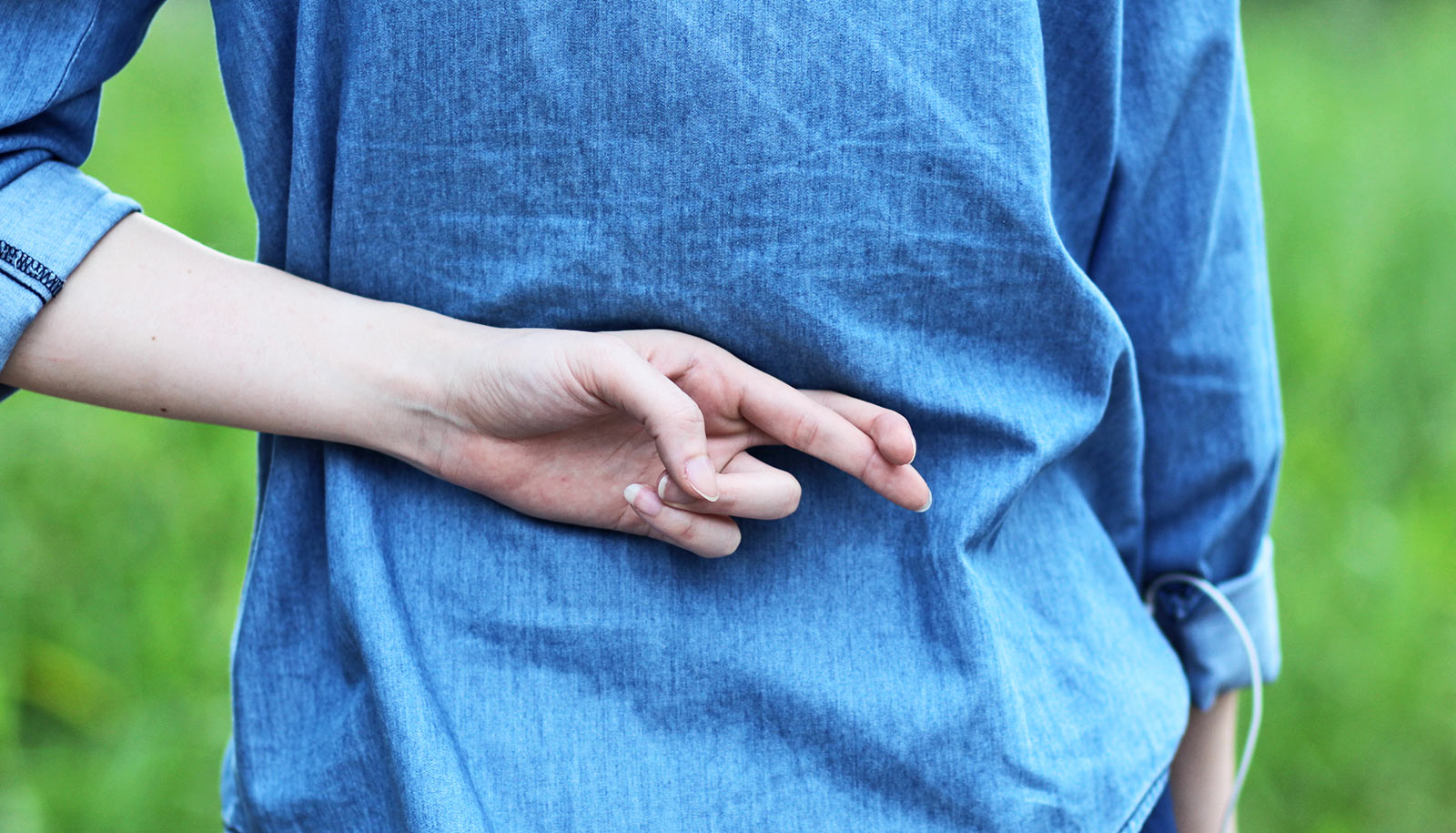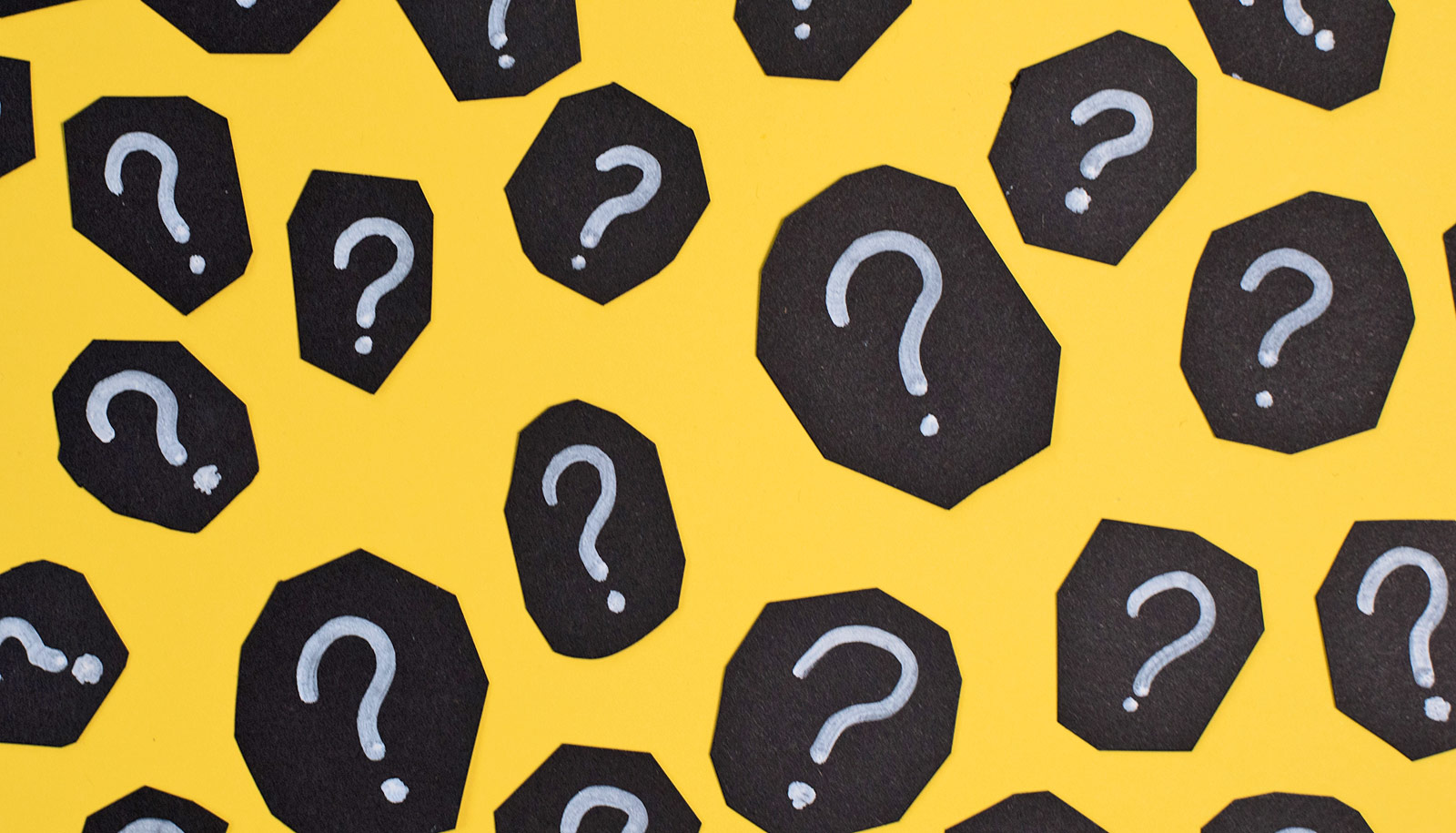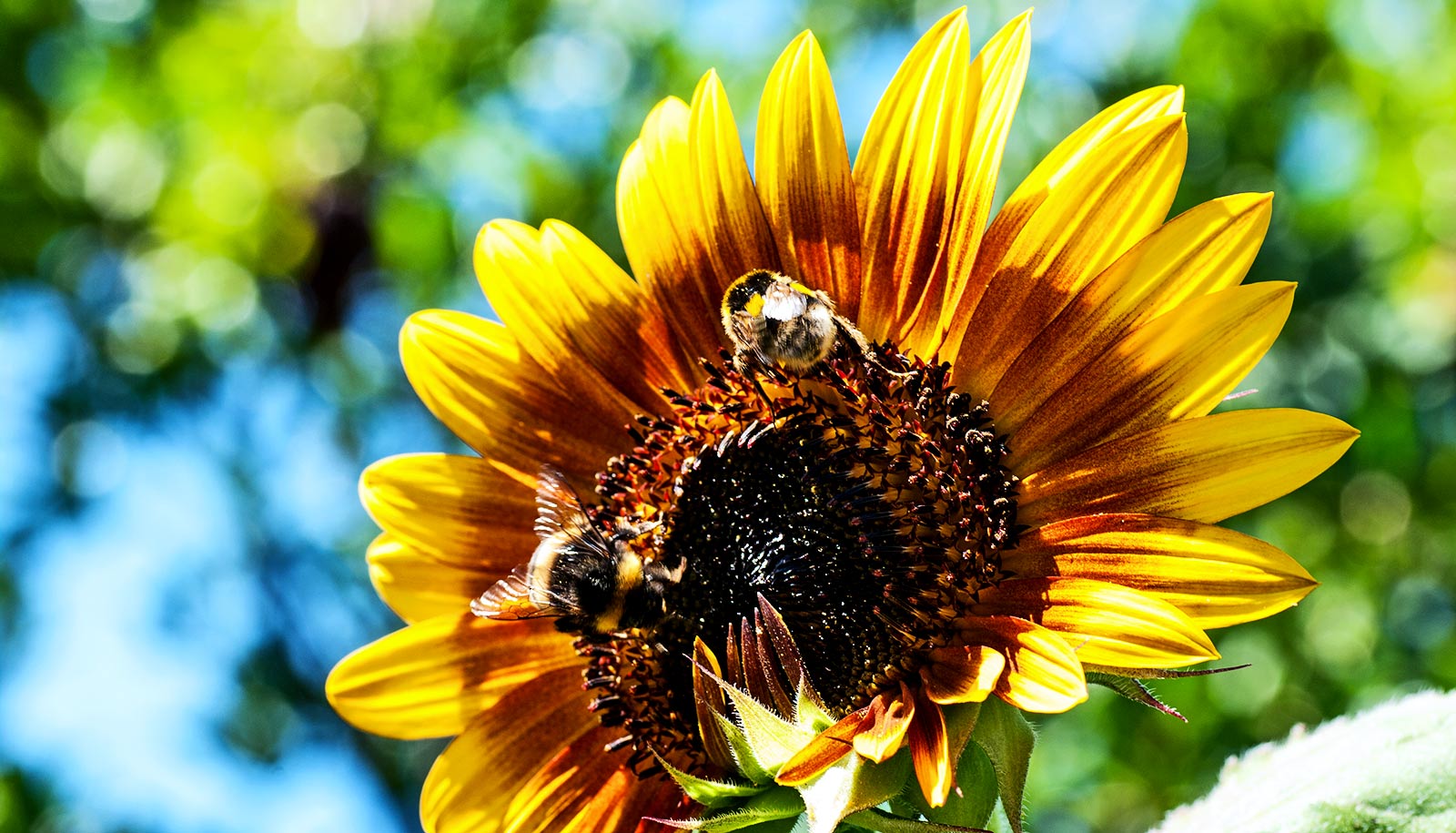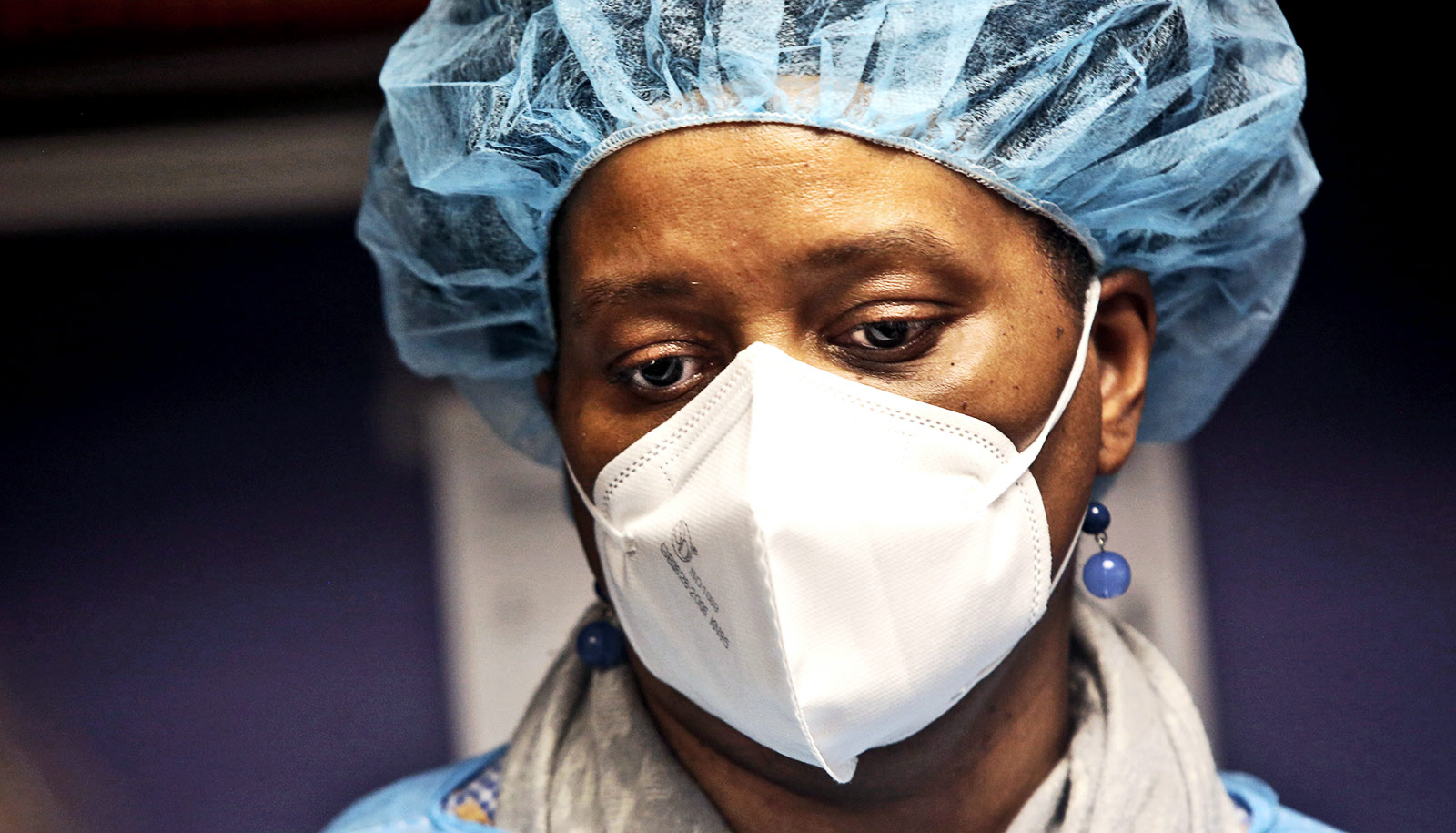There were fewer cases of multi-system inflammatory syndrome in children during the Omicron wave of the pandemic than the Delta wave, according to a new study.
Multi-system inflammatory syndrome in children (MIS-C) is a rare but severe complication that occurs in children who’ve previously had COVID-19, and has near 1% mortality. Published in the journal Viruses, the findings show that those cases that did occur during Omicron were also milder than during Delta.
As shown in numerous other studies, during both waves, Black children were disproportionately affected by MIS-C, and were more likely to be admitted to the hospital with COVID-19. The authors attribute this to systemic and structural racial health inequities and note that limited analysis beyond this observation was possible as the study was not directed at contributions to racial health disparities.
“…during the change to Omicron, MIS-C has become milder and increasingly rare.”
The study demonstrates how the landscape of MIS-C keeps changing as new COVID-19 variants evolve. At the same time, the authors note that it is difficult to say what it means for the future.
“That’s the hard question,” says senior author Mark D. Hicar, associate professor in the pediatrics department in the Jacobs School of Medicine and Biomedical Sciences at the University at Buffalo and a pediatrics infectious disease specialist. “Since we don’t know why the early strains of the virus caused more MIS-C and why Omicron causes less, it is hard to say if future strains will be worse or better.”
Likewise, he says, it is difficult to predict what the current strain XBB.1.5 will do, as this variant is beginning to flourish in the national data and it takes weeks before MIS-C cases emerge.
“Some recently published studies have suggested that MIS-C cases are becoming more severe, but those were based on 2021 data, before the Omicron wave really took off,” Hicar notes.
“Our study is one of the first to show that during the change to Omicron, MIS-C has become milder and increasingly rare,” he says. “This trend has continued and MIS-C is currently quite rare per anecdotal reports from colleagues across the country.”
He adds, however, that it is important to remain vigilant, as new strains of the SARS-CoV2 virus could cause an increase in incidence or severity of MIS-C.
MIS-C is changing over time
The retrospective study included 271 patients admitted to Oishei Children’s Hospital in Buffalo from August 2021 to February 2022, which included the majority of the Delta wave and when the Omicron wave (BA.1) was strongest.
A key strength of the study is that a panel of three infectious disease specialists made determinations on each case as to whether a child was admitted to the hospital due to COVID-19 or due to some other reason and then happened to test positive for the virus. To avoid potential false positives, the study relied only on cases proven to be positive through PCR testing.
The panel was established after first author Patrick O. Kenney, a medical fellow in infectious diseases, found that a number of children who were reported to be admitted to the hospital with only an incidental diagnosis of SARS-CoV2 on PCR actually were experiencing symptoms that were not as common during previous waves.
These included croup, which was first described by other groups, but also increased rates of seizures, bleeding events, and intra-abdominal inflammation including pancreatitis and hepatitis.
“Reports at the time supported that there was an increase in pediatric Omicron hospitalizations, but those reports focused on global admission data,” explains Hicar. “We wanted to take a deep dive and have thorough clinical chart review by three infectious disease physicians to decide if a case was admitted due to COVID-19 or for some other reason and happened to have COVID-19.”
“Even during major changes in the virus, from the Delta to Omicron variants, vaccines can be highly protective in preventing hospitalizations among children.”
This detailed approach helps to clarify how MIS-C is changing over time, especially in light of the decrease in severe cases during Omicron, Hicar explains. The study found that during Delta, MIS-C comprised up to 12% of hospital admissions at Oishei while during Omicron it comprised just 6% of hospital admissions. Based on their data, the researchers estimate the risk of MIS-C from Omicron in Western New York is 32% lower than it was during Delta.
The study notes that while there was an increase in pediatric hospitalizations in Buffalo during the Omicron wave, which was also the case nationwide, cases of both COVID-19 and MIS-C were generally less severe than they had been during previous waves of the pandemic. In addition, the length of hospital stays at Oishei Children’s Hospital as a result of either MIS-C or COVID-19 was relatively short during this period.
The researchers report that children testing positive for COVID-19 who didn’t have MIS-C during the Omicron wave exhibited a broad range of symptoms, especially among younger children, including seizures due to high fevers, as well as croup and related conditions.
By contrast, children who had MIS-C during Omicron exhibited a narrower spectrum of symptoms: they always had fever along with abdominal or upper respiratory symptoms. The authors note that none of the patients in the study met even incomplete criteria for Kawasaki disease; early in the pandemic, MIS-C was believed to be similar to Kawasaki disease.
Unvaccinated kids
The authors point out that the majority of children admitted to Oishei Children’s Hospital during Omicron with either COVID-19 or MIS-C had not been vaccinated.
Vaccines for children 12 and older became available before the study began and were available for ages 5-11 during the study. Among the 107 children admitted with acute COVID-19 during Omicron, vaccine status was recorded for 88 of them; of these, five were fully vaccinated and one had received a single dose. The others were unvaccinated.
Based on local county data that showed that 33% of children under 18 had been vaccinated as the Omicron wave began, rising to 42.1% by the end of the study period, the researchers calculated that the vaccines were between 87.8-91.7% effective in preventing hospitalizations for either COVID-19 or MIS-C among children.
“Our data show that even during major changes in the virus, from the Delta to Omicron variants, vaccines can be highly protective in preventing hospitalizations among children,” says Hicar.
Lorna Krabill, a fourth-year medical student in the Jacobs School, and Arthur J. Chang of Children’s Hospital and Medical Center in Omaha are coauthors of the study.
Source: University at Buffalo










